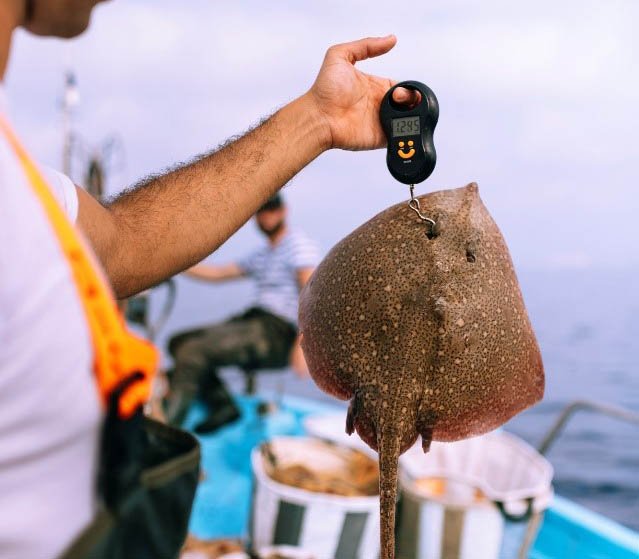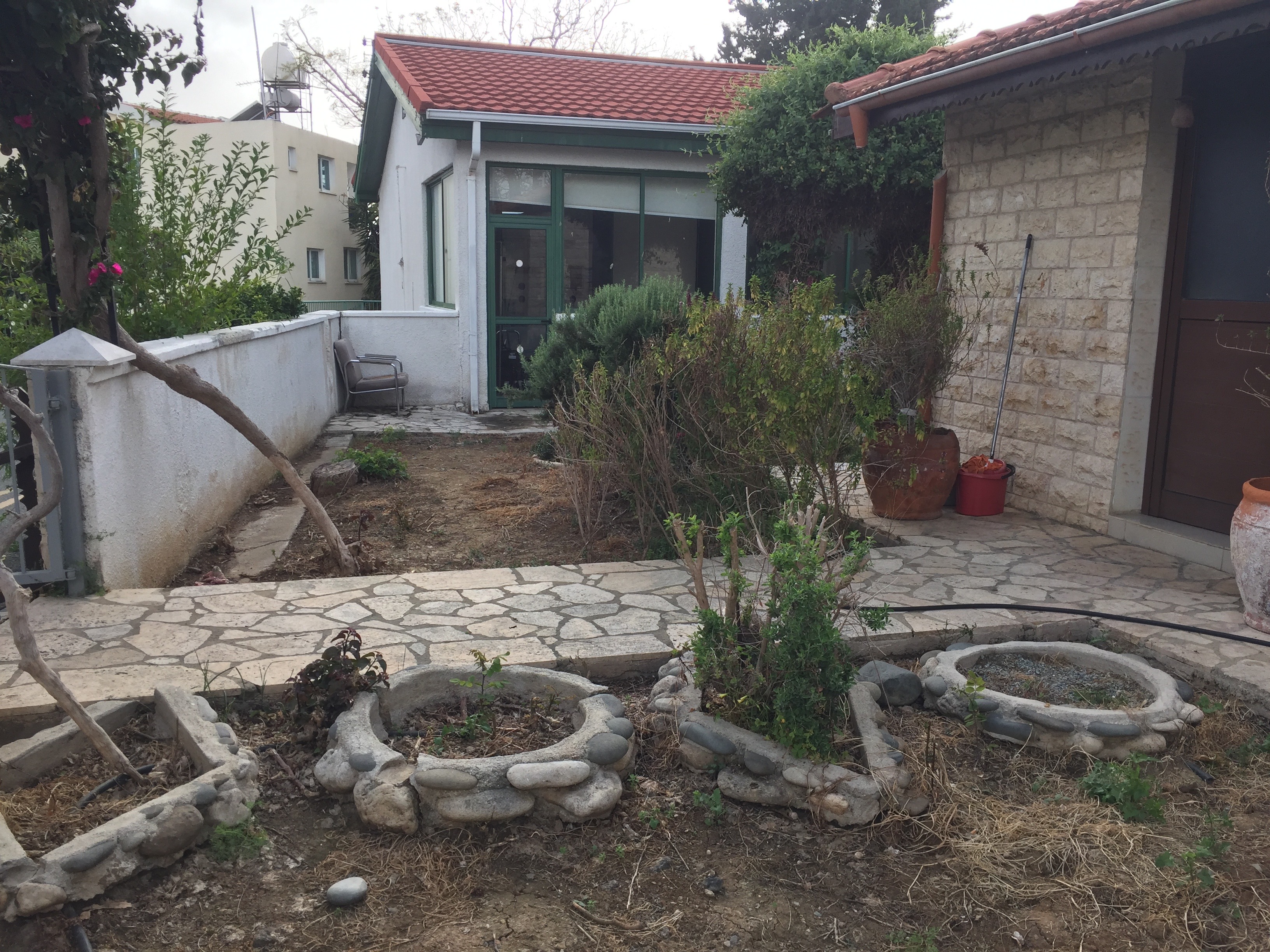The Cerecon project aims to enlighten fishermen and the public on ‘bycatch’, the incidental capture of a species
By Marios Papageorgiou
Sharks and rays; we recognise them mainly from horror movies where the ‘elasmobranchs’ – as the subclass of these species is called – sow panic among the bathers. In the best-case scenario, we learn about them through documentaries filmed in exotic locations.
Few of us know though that elasmobranch species also exist in Cyprus. The most interesting fact is that they rarely interact with, or cause harm, to people. It’s more likely that the reverse happens: humans are the ones that bother these species, often by accident, but sometimes on purpose. The so-called “bycatch”, the incidental capture of these species, is evolving into a catastrophic phenomenon, threatening their populations with dramatic declines and in some cases even with extinction. Over half of the elasmobranch species in the Mediterranean are under threat. 
The Cerecon project is an organised bicommunal collaboration between NGOs Enalia Physis Environmental Research Centre and the Society for the Protection of Turtles (Spot) that deals with this phenomenon through information campaigns, targeting professional and recreational fishermen and the general public.
As part of this effort, writer Vaggelis Gettos and graphic designer Maria Loizou were assigned with the task of creating the campaign “By the way…they are threatened”. Through illustrations of imaginary meetings of elasmobranchs with humans, the aim was to create a humorous online campaign aiming towards increasing awareness and protection of elasmobranchs from bycatch. 
So why should we care?
- Elasmobranchs play an important role in an ecosystem (the environment they live in) by contributing to a naturally balanced food chain. They also contribute in the elimination of weak and sick animals which in turn supports conservation of biodiversity.
- The decline of shark and ray populations contribute to the destruction of reefs, the shrinkage of seagrass meadows as well as the decline of commercial fishing. In addition, their removal from an ecosystem favours the increase in population of larger predators which in turn feed on other herbivores (species that consume plants and algae). With fewer herbivores, the algae (general name of a group of marine flora) multiply in numbers and result in an algae-dominant ecosystem, affecting in this way the survival of reefs and other important habitats.

- Globally, fishing is the main threat to sharks and rays. Some elasmobranch species are commercially exploited and are consumed in Cyprus, despite the fact that they constitute products of bycatch, meaning that they were not supposed to be getting caught on the fishermen’s hooks or nets. Oftentimes, a blue shark is sold in the place of the popular and delicious tope shark, a species that has been classified as critically endangered in Mediterranean Sea, thus misleading the public.
The main aims of the Cerecon project are to:
- Enhance knowledge on the relative diversity and abundance of elasmobranch species occurring in Cyprus waters.

- Understand the preferred benthic habitats (seafloor habitats) of key threatened species (endangered species which are important for that habitat), identify important benthic assemblages and prey species of elasmobranchs in the waters of Cyprus.
- Understand elasmobranch phenology (life cycle), reproductive patterns and connectivity and phylogeny (genetic connections of the populations and their evolutionary development) of Angel Sharks in a regional context.

- Feed these data into holistic bycatch management plans under the umbrella of the Mava M4 Cyprus Bycatch Project and using existing advocacy materials translated to local languages.
- Understand the perception of stakeholders on the importance of elasmobranchs and increase awareness in order to enhance conservation.
- Propose conservation measures based on the findings through peer-reviewed publications and feed results into Mava M4 Mediterranean-wide bycatch projects.
Marios Papageorgiou is head of fisheries research at Enalia Physis Environmental Research Centre
Find more information about the campaign, visit our Facebook page: Cyprus Elasmobranch Research and Conservation Project: https://www.facebook.com/SharksandRaysCyprus







Click here to change your cookie preferences